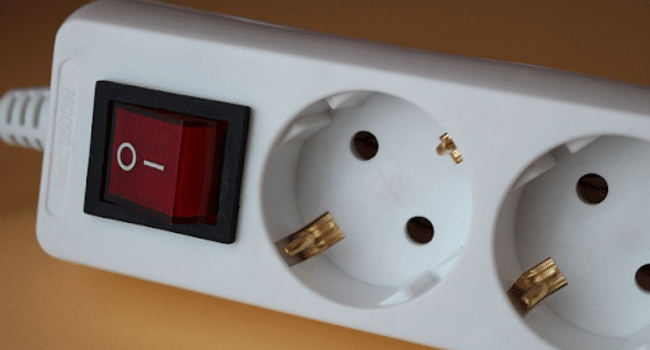Table of Contents
No one likes the thought of dealing with a home emergency. Not only are these situations usually costly, but in some cases, they can be life-threatening. Electrical emergencies are a typical example.
Since electrical issues can lead to fires, electrical shock and damaged appliances, experts recommend always calling the emergency electrician Canberra residents to use to deal with a crisis. Since these electricians are available 24/7, you’ll have peace of mind that an expert is only a phone call away and able to assist if needed.
Be Aware of What Electrical Emergencies Are
There are varying levels of electrical emergencies, with some being more urgent than others. The key to knowing if your electrical issue warrants calling an emergency electrician rests on you having a clear definition of the issues that could be life-threatening or place your property at risk. This post takes a look at the top signs that may indicate that a much bigger problem is developing in your home’s electrical system.
1. Unexplained, Sudden Burning Smell
Something burning is always an emergency, especially if you suspect that it’s electrical in origin. Burning smells in your electrical system can come from a range of different issues. The most common of these are listed as:
- Circuit overload
- Faulty components on electrical switchboard
- Exposed wires anywhere in the switchboard or along the wiring line
- Faulty wiring in the system or a newly installed appliance
- Defective appliance
- Faulty sockets or switches
- Damaged and overloaded outlets
- Frayed electrical cords or extensions
Leaving the burning smell unattended may escalate the problem into a fire or electrical shock. If you smell an electrical burning smell, it’s important to switch off the power source you believe to causing the problem. If the smell comes from the switchboard, you may have to switch off the power at the main switch.
It’s a good idea to switch off all the outlets and unplug all your appliances and devices. This will ensure that there’s no risk of an electrical fire getting started before your emergency electrician arrives. Be sure to tell the other people in the home that you have switched the power off so that no one accidentally switches it off.
2. Don’t Ignore Hot Power Outlets
Power outlets should never be hot to the touch. Even when they’re in use all day, they should always be cool. There may be instances where an older outlet may become slightly warm when used, but it should never be hot.
Hot outlets are usually a clear sign that there’s a fault with the wiring leading up to the outlet. You should never ignore this problem as it could lead to an electrical shock if someone touches it, or even cause an electrical fire if not switched off immediately. When becoming aware of an unusually hot outlet, switch it off immediately and unplug anything leading up to it.
If it’s the only outlet that’s hot and there are no other warning signs, the issue may be left to be dealt with during office hours. Stick a strip of electrical tape across the outlet so that everyone else knows not to use it. Never stick paper over it as paper can easily set alight if the area is extremely hot. Keep an eye on all other outlets and the switchboard until the electrician arrives.
3. Flickering Lights can Also be Dangerous
Most lights flicker from time to time, so seeing your light flicker once doesn’t necessarily mean that you’re at risk of an electrical emergency. However, as with other emergencies, it’s important to assess the severity and frequency of the issue.
Typically, flickering lights can be caused by any one of the following:
- Outdated wiring
- Loose light bulbs
- Voltage fluctuations
- Overloaded circuits
- Faulty light switch
If a specific light only flickers once, it’s usually not an emergency and can be attributed to a loose light bulb or a dip in the power. However, if more than one light is continuously flickering, you may have a more serious problem brewing on your switchboard.
This is more likely if you have an older home where the switchboard hasn’t been upgraded. Switch off the light, leave it off for about half an hour and test it again. If one or more lights continue to flicker or the main light on your switchboard is flickering,
it’s a good idea to give your emergency electrician a call and they will advise you of the next steps to take.
Final Thoughts
It’s up to each homeowner to assess a situation and determine whether or not it’s an actual emergency or simply a repair that needs to be done as soon as possible. However, it’s important to be careful with electrical issues as they can lead to fire and electrical shock.
Avoid doing DIY repairs in these instances and always switch the power off while you wait for an expert electrician to arrive. Keep your family and home safe by being cautious about your home’s electrical issues!
Photo by Pixabay
